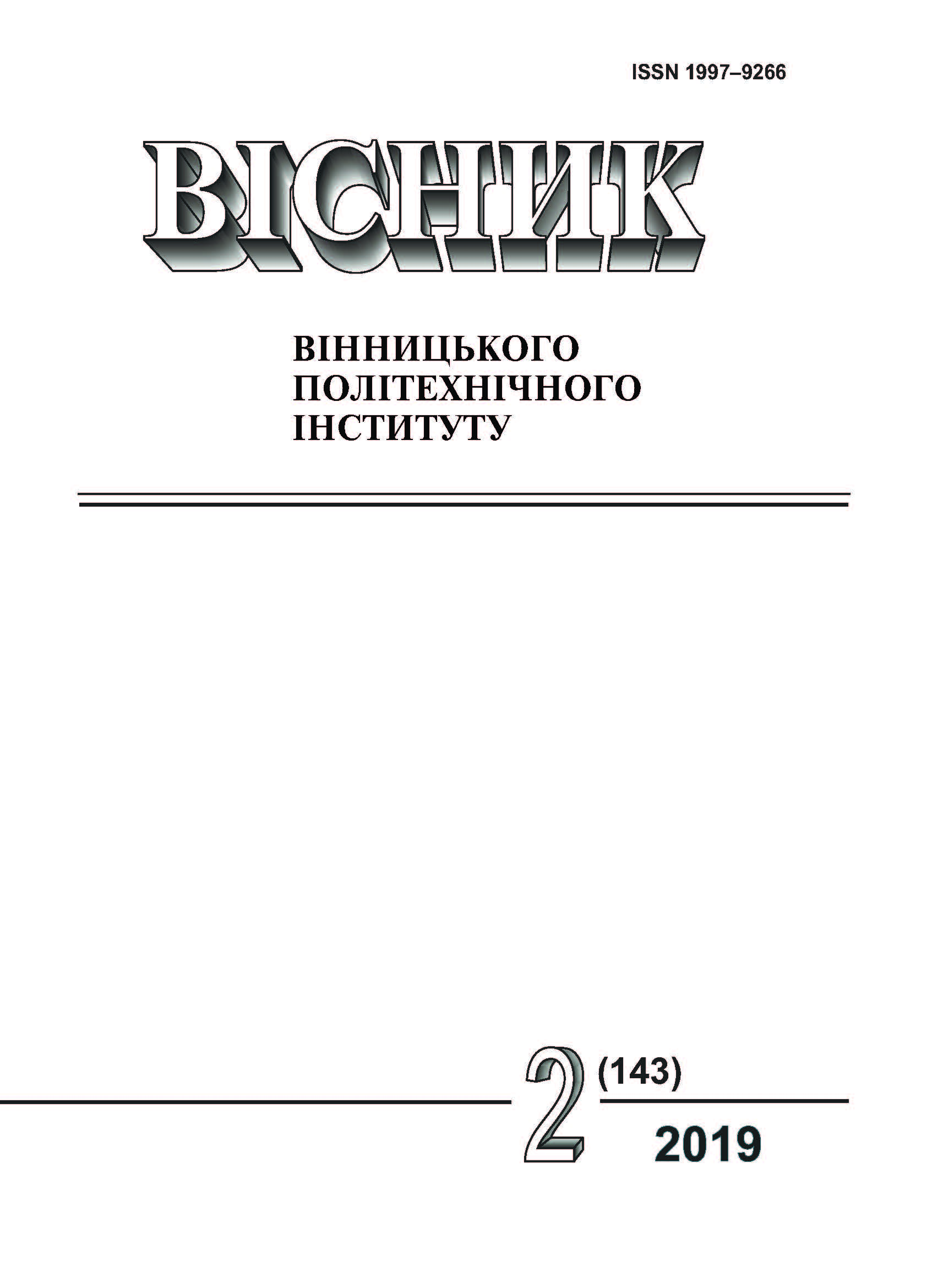Modeling the Processes of Hollow Billets Deformation without Mandrel
DOI:
https://doi.org/10.31649/1997-9266-2019-143-2-105-110Keywords:
forging, thick-walled pipe, drawing without mandrel, hole forging, elongation, wall thickeningAbstract
A new method of thick-walled pipes forging has been developed and researched. The proposed method consists in deforming a hollow billet without a mandrel. An experimental modeling technique was developed. The variable parameters were the inner diameter of the hollow billet, which varied in the range of 0,30; 0,55; 0,80. According to the results of the experiments, the diameter of the hole in the pipe, which is formed after forging by this method, has been determined. To analyze the obtained theoretical and experimental data, we plotted the dependence of the intensity of elongation (f), relative wall thickening (S1/S0), and relative change in the diameter of the workpiece (d1cp/D). It was found that with an increasing of the hole diameter in the workpiece, the elongation of the pipe increases and the intensity of the chaining of the hole decreases. Obtained results allowed to establish that with an increase in the relative diameter of the opening of the original billet d0/D to 0,6, the wall thickness of the forging S1/S0 increases. A further increasing in the hole diameter (d0/D>0,6) leads to a decrease in wall thickness. This allows us to conclude about the inefficiency of the ratios of the dimensions of the workpiece with d0/D=0,6 for forging without a mandrel, as a result of an intense increase in the thickness of the wall of the billet. The general regularity of the investigated forging schemes is that the magnitude of the hollow billet elongation does not change significantly for different degrees of deformation at constant relative sizes of the billet. This made it possible to establish the recommended feed rate to increase pipe elongation and reduce the degree of the hole closing. Rational feed rate should be (0,05...0,15)D. The established relation allows to determine the final diameter of the pipe hole. According to the results of the research, it was established that the drawing of hollow billets without mandrel is possible. This method expands the technological capabilities of pipe forging processes. The proposed method of manufacturing hollow billets is suitable for the manufacture of long thick-walled pipes with a hole diameter of less than 300 mm. Forging pipes without a mandrel allows you to reduce the number of heated blanks by eliminating cooling (as a result, forging time and energy costs for heating the blank are reduced). The proposed method of forging without a mandrel eliminates the use of special supports from heat-resistant steel. When forging pipes without a mandrel, the current of the hollow billet metal changes (as a result, when the metal is compressed, the metal flows not only along the axis, but also across the axis of the workpiece).
Downloads
-
PDF (Українська)
Downloads: 211
Published
How to Cite
Issue
Section
License
Authors who publish with this journal agree to the following terms:
- Authors retain copyright and grant the journal right of first publication.
- Authors are able to enter into separate, additional contractual arrangements for the non-exclusive distribution of the journal's published version of the work (e.g., post it to an institutional repository or publish it in a book), with an acknowledgment of its initial publication in this journal.
- Authors are permitted and encouraged to post their work online (e.g., in institutional repositories or on their website) prior to and during the submission process, as it can lead to productive exchanges, as well as earlier and greater citation of published work (See The Effect of Open Access).





